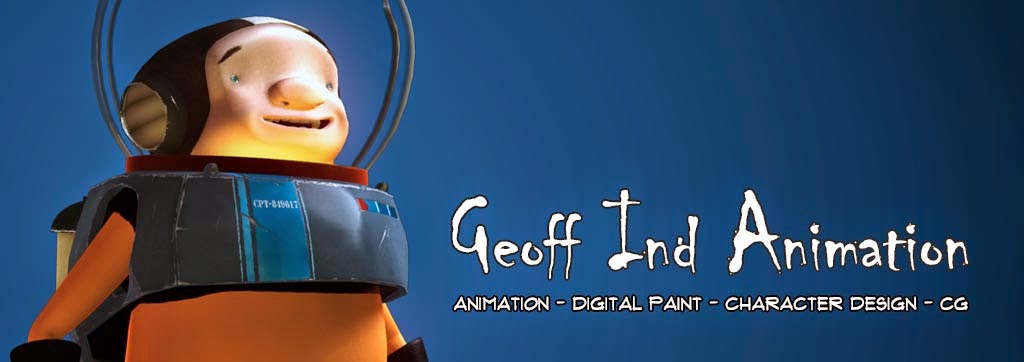I also received a request to show my working ruff drawings which include my construction etc. When sketching on my Cintiq I tend to redraw and refine over and over making a new layer for each sketch. In this process I tend to loose allot of the ruff feel of my initial drawing which I am trying really hard to rectify.
Anyway here is the new version, a progression of all of the sketches from the first to last, and a side by side comparison between were I was yesterday and where I am now.
Thanks for viewing,
Geoff.
 |
| Viking dude MkII |
 |
| Viking progression. Please excuse the faint one in the first version. |
 |
| Side by side comparison of yesterdays version and today's. |



































